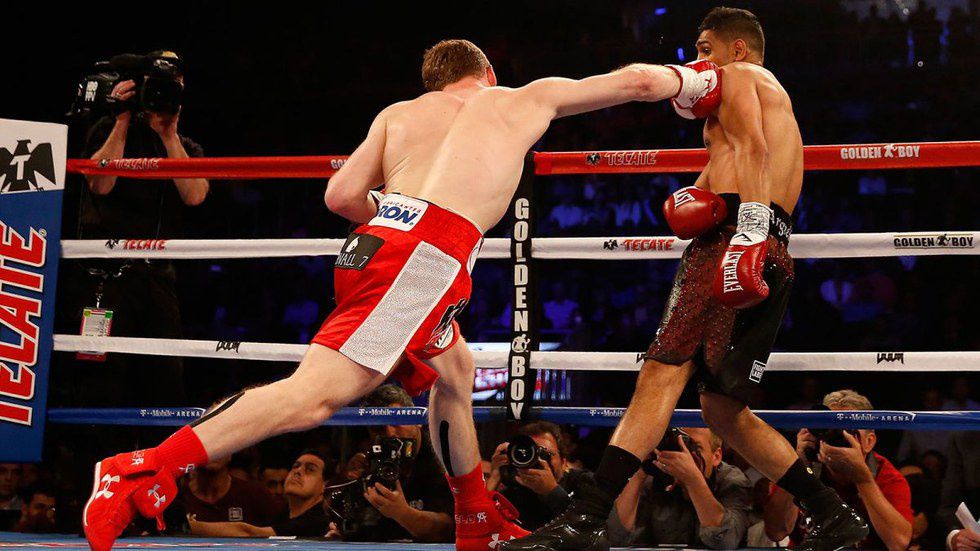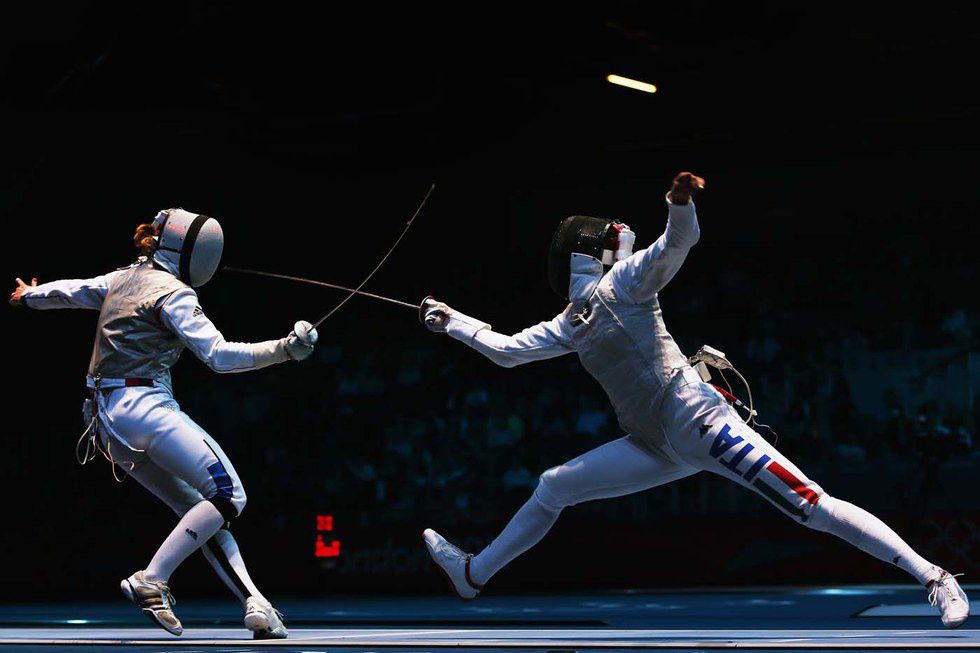Have you ever wondered what creativity really is? Where it comes from? What can you do with it? Well, I’ve recently stumbled upon a train of thought that I personally believe can shed some light on these questions.
Creativity, as I once learned in my senior year AP Psychology class, is divergent thinking. In other words, it's using something for a task other than it’s intended purpose. An example would be using a Q-Tip to clean one's own ears out. Q-Tips are not actually intended to clean out ears, but people have found another task that they are efficient at completing.
Recommended for you
Divergent thinking can also mean looking at something differently, Like approaching a riddle from a stance rather than the literal to determine its answers. A simple riddle: “A man holds out his closed fist and says, "I am holding two coins in my hand. The sum of these coins comes to exactly 55 cents. One of the coins is not a nickel. Can you tell me the value of each of the coins?” Take a moment. Try to think of the answer.
Here’s a hint before I give the answer away. It’s not mathematical, it’s all wordplay. Think you know the answer? The coin that is not a nickel; it's a half dollar. The other coin is a nickel.
Do you see the trick? The sentence was one of the coins was not a nickel. However, the other was. Seems like cheating, but if you analyze the wordplay, you can recreate whatever creativity sparked the initial riddle.
But I’ll move on to some less complicated stuff for a bit. The reason cross-discipline is directly related to creative thought is because it gives you more tools to use for different tasks. While in high school, I was on the fencing team, and over the summer after my senior year, I took up boxing. I learned many punches, stances, and the required footwork for boxing. Although it was very different from fencing, something occurred to me. Bruce Lee created his own unique martial art by combining many different martial arts. So with this thought in mind, the next time I fenced I assumed a boxing stance and found that my defense was much stronger, and my opponents had never encountered something like this before. This made it easy to confuse them.
Cross-discipline is the term used for learning different components of the same field. In the case of fencing, fencing and boxing were the two components and martial arts was the field. For an artist, drawing and photography may be two different components, and those skills can both transfer to one another. In photography, you may learn skills such as composition, and in the drawing, you can learn things about stylization. Both skills will have a positive impact on the individual's artwork.
Now that I’ve defined both terms and provided examples of how they relate, I would like to explain how cross-discipline is the catalyst for creativity. The more you learn, the more people you meet, the more things you do, and the more experiences you have will have to help you grow immensely. Regardless of interest or occupation, experiencing new things can translate positively into your everyday life. If you want to be creative, the answer is not deciding that some people are just born more creative, it’s realizing that creativity comes from the world around, and the simple answer to finding more creativity is as easy as just living your life.




















